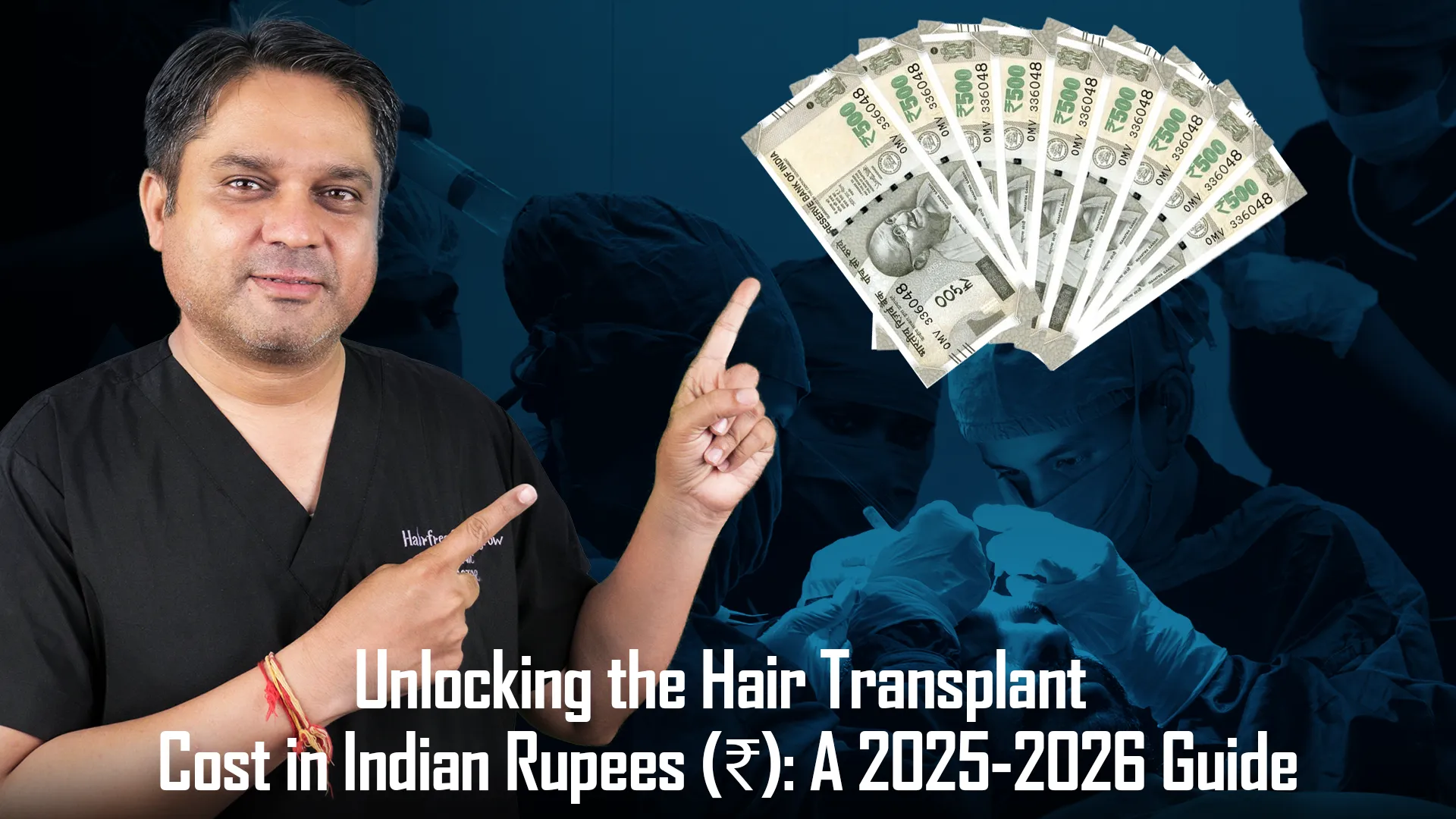Many patients often ask about the instruments used during a hair transplant. The quality of the instruments is crucial to the success of the procedure. A hair transplant is an intricate and intense process that requires everything to be done at a microscopic level. This blog will explore the essential tools and equipment used in hair transplant procedures.
Magnification Equipment
Hair transplant surgery involves working on a very minute level, where magnification plays a vital role. Surgeons use special magnifying loops to see the follicular units clearly. These loops, providing up to 5X magnification, help ensure that the tiny punches used to extract grafts are precisely placed. It’s essential for maintaining the natural angle and direction of hair growth and for avoiding damage to existing hair.
Instruments for Creating Slits
The slits where the grafts will be implanted are made using needles of different sizes, such as 19 gauge, 20 gauge, or 18 gauge. Controlling the depth of these slits is critical because the entire procedure happens within the skin. Hair is a part of the skin, so the extraction and implantation must occur at the correct depth, typically between 2.5 mm to 3 mm.
Graft Extraction Tools
To extract the grafts, surgeons use specialized punches, typically sharp and very precise, with diameters of 8 mm, 9 mm, or 1 mm. These punches, imported from the USA, cause minimal injury to the surrounding skin, which is crucial for reducing scarring. The punches are attached to a motorized tool, which controls the depth and ensures the graft is not damaged during extraction. Before beginning the main procedure, test grafts are taken to adjust the depth and direction of the punch, ensuring accuracy and minimizing injury.
Graft Implantation
Once the grafts are extracted, they are implanted using a tool called the “KEEP Implanter.” This device has a slot where the graft is loaded, and then it’s inserted into the pre-made slits. The entire process requires different types of forceps to handle the grafts gently, ensuring they are not damaged during implantation.
Graft Storage
After extraction, it’s crucial to store the grafts at the right temperature to maintain their viability. Surgeons use chillers that keep the grafts at a temperature between 8 to 10 degrees Celsius. Each graft is examined under a digital microscope to classify them as single-hair, two-hair, or multi-hair follicular units. This classification helps in placing the grafts in the right areas, such as single-hair grafts at the hairline and multi-hair grafts further back for a natural look.
Anesthesia
To minimize pain during the procedure, a small insulin syringe with a 30-gauge needle is used to administer anesthesia. This needle is so fine that patients feel minimal discomfort during the injection.
Operating Theater Setup
Hair transplant surgeries are performed in a fully equipped operating theater (OT) setup, similar to those used for major surgeries. This OT setup includes all the necessary equipment to handle any emergency, including multi-parameter monitors to track the patient’s pulse and blood pressure throughout the procedure.
Conclusion
The success of a hair transplant depends heavily on the quality of the instruments and the precision with which they are used. From magnification loops to specialized punches, Sapphire Tip Custom Blades, and storage chillers, each tool plays a critical role in ensuring the best possible outcome for the patient. Hair transplant surgeons like Dr. Pankaj Khunt and Dr. Kiran Chotaliya can achieve natural-looking, long-lasting results by maintaining a high standard of equipment and technique.
Taking care of your overall health is the first step towards healthier hair. If you’re facing hair loss and seeking effective solutions, consider visiting HairFree And HairGrow Clinic today. Schedule a consultation to take the first step toward restoring your hair and confidence with the best hair transplant treatment.
- Visit any branch for your hair problem or call us at +91-72 72 83 2222
- We are located in Surat, Pune (Pimple Gurav), Pune (Kharadi), Hyderabad, Ahmedabad, Kolkata, Indore, Bhopal, Delhi (Gurugram), Nagpur, Mumbai, Vapi (Silvassa), and Bangladesh.
Written By
MBBS, DDV
Dr. Shridevi Lakhe is a hair restoration specialist with expertise in Hair Transplant Procedures. She offers personalized care, using advanced techniques to deliver natural results. Her patient-centered approach ensures effective solutions for hair loss and long-lasting hair restoration.
Disclaimer
We’ve made all possible efforts to ensure that the information provided here is accurate, up-to-date and complete, however, it should not be treated as a substitute for professional medical advice, diagnosis or treatment. See Detailed Disclaimers Here.





